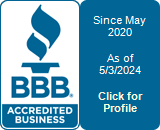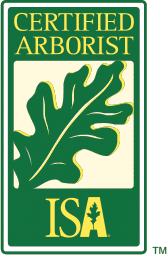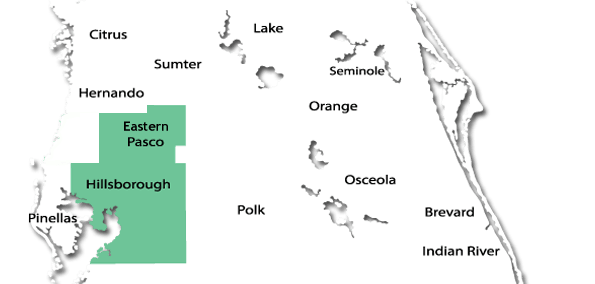Recognizing and Addressing Hazardous Trees on Your Property
Trees add beauty, shade, and environmental benefits to any property, but they can also become hazards if not properly maintained. Recognizing the signs of a dangerous tree can help prevent property damage, injury, and costly emergencies. Understanding how to identify and address hazardous trees is essential for every property owner.
Signs of a Hazardous Tree
Certain signs indicate a tree may pose a risk to its surroundings. Here are key warning signs to look for:
- Leaning Trees – While some trees naturally grow at an angle, a sudden or severe lean may indicate root instability or structural weakness.
- Cracks and Splits – Deep cracks in the trunk or major limbs can signal internal decay and structural failure.
- Dead or Hanging Branches – Large, dead branches can break and fall unexpectedly, posing a risk to people and property.
- Decay and Fungi Growth – Mushrooms or fungal growth at the base of a tree can be a sign of internal decay.
- Root Damage – Construction, soil compaction, or disease can weaken roots, making trees more likely to topple.
- Cavities and Hollow Trunks – Large hollow areas can compromise a tree’s stability and strength.
Assessing Tree Stability and Risk
If you notice any of the above signs, it’s important to assess the severity of the issue. Consider:
- The location of the tree and what it might fall on (home, driveway, power lines, etc.).
- The extent of damage or decay present.
- Weather conditions that may increase the likelihood of failure, such as high winds or heavy rain.
Steps to Take if a Tree is a Danger
If you suspect a tree is hazardous, take action promptly:
- Monitor the Tree – If the signs of risk are minimal, keep an eye on it for further deterioration.
- Prune or Trim Hazardous Branches – Removing dead or weak limbs can reduce the risk of falling debris.
- Support Weak Trees – In some cases, cabling and bracing can provide additional support to a weakened tree.
- Consult a Professional Arborist – If you’re unsure about the tree’s condition, a certified arborist can assess and recommend the best course of action.
- Remove the Tree if Necessary – If a tree is beyond saving and poses a significant threat, professional tree removal may be the safest option.
The Importance of Professional Assessment
A certified arborist has the expertise to properly evaluate tree health and risks. They can provide solutions such as pruning, disease treatment, and safe tree removal if needed. Never attempt to remove a large or hazardous tree on your own, as improper removal can lead to injury and property damage.
Conclusion
Recognizing and addressing hazardous trees is crucial for maintaining a safe and beautiful property. Regular inspections and professional care can prevent accidents and extend the life of your trees. If you suspect a tree on your property is a risk, don’t wait—contact a professional tree service to ensure safety and peace of mind.










Share On: